Belgium
The development of the Belgian percussion revolver began in the early 19th century, as gunmakers in Belgium began to experiment with new ways to improve the design of firearms. One of the most important developments was the invention of the percussion cap, which replaced the flintlock mechanism that had been used for centuries. Percussion caps were more reliable and easier to use than flintlocks, and they also allowed for faster firing rates.
One of the first Belgian gunmakers to develop a percussion revolver was Étienne-Nicolas Lefaucheux. Lefaucheux’s revolver design was patented in 1836, and it was one of the first successful percussion revolvers to be produced. Lefaucheux revolvers were known for their high quality and reliability, and they were soon adopted by military and police forces around the world.
Another important figure in the development of the Belgian percussion revolver was Jean-Samuel Pauly. Pauly was a prolific inventor, and he patented a number of different revolver designs throughout the 1830s and 1840s. One of Pauly’s most successful revolver designs was the Pépère revolver, which was first introduced in 1844. The Pépère revolver was a simple and inexpensive design, and it quickly became popular among both civilians and military personnel.
In the 1850s, a number of other Belgian gunmakers began to produce percussion revolvers. Some of the most notable manufacturers included Adolphe Gaillard, Auguste Francotte, and Louis Pierron. These gunmakers produced a wide variety of percussion revolvers, ranging from small pocket pistols to large-caliber revolvers designed for military use.
Belgian percussion revolvers were exported all over the world, and they were used in a variety of conflicts, including the American Civil War and the Crimean War. Belgian revolvers were also popular with civilians, and they were used for self-defense, hunting, and sport shooting.
The development of the Belgian percussion revolver was a significant step forward in the history of firearms. Belgian percussion revolvers were more reliable and easier to use than previous firearms, and they played an important role in the development of modern firearms.
Here are some of the key milestones in the development of the Belgian percussion revolver:
* 1836: Étienne-Nicolas Lefaucheux patents his percussion revolver design.
* 1837: Lefaucheux begins production of his percussion revolvers.
* 1838: Jean-Samuel Pauly patents his first revolver design.
* 1844: Pauly introduces the Pépère revolver, one of his most successful designs.
* 1845: Adolphe Gaillard introduces his first revolver design.
* 1848: Auguste Francotte introduces his first revolver design.
* 1850: Louis Pierron introduces his first revolver design.
* 1860s: Belgian percussion revolvers are exported all over the world and used in a variety of conflicts, including the American Civil War and the Crimean War.
By the late 1860s, the Belgian percussion revolver had reached its peak of development. New technologies, such as metallic cartridges and breech-loading mechanisms, were beginning to revolutionize firearms design. As a result, the production of Belgian percussion revolvers began to decline in the 1870s and 1880s.
However, the legacy of the Belgian percussion revolver lives on. Belgian percussion revolvers were some of the most advanced firearms of their time, and they played an important role in the development of modern firearms. Today, Belgian percussion revolvers are prized by collectors for their historical significance and their fine craftsmanship.
Showing all 11 resultsSorted by latest
-
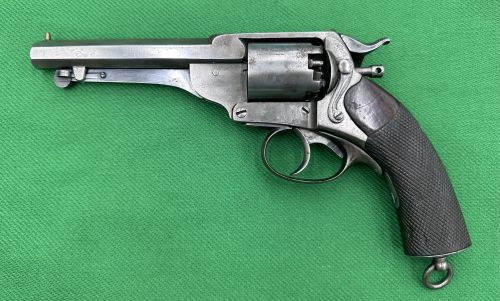
Kerr bore 54 revolver, made in Belgium
Read more -
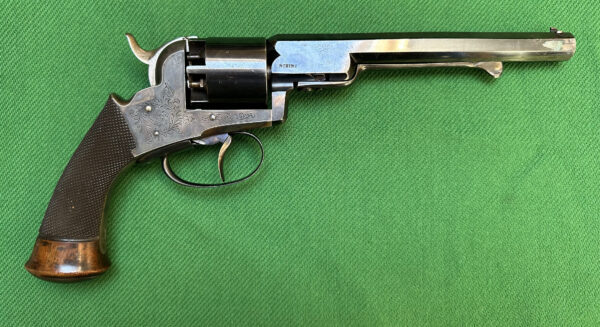
Exclusive Belgian 6 shoot .44 DA revolver marked Schinz
Read more -
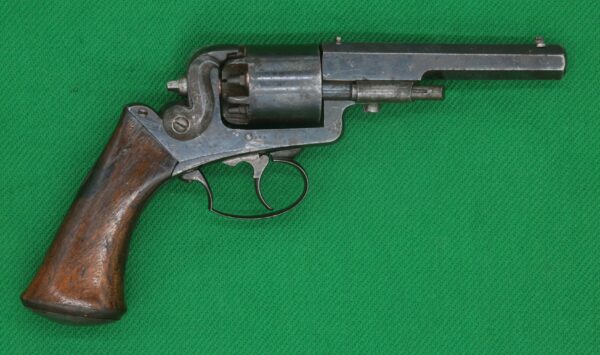
Belgian Mangeot and Comblain
Read more -
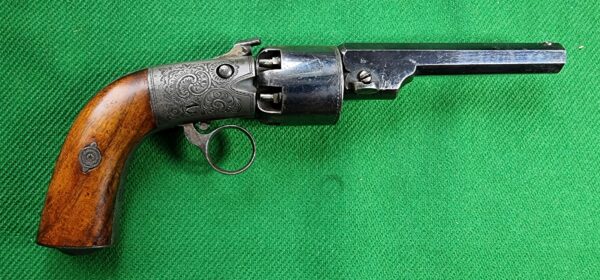
H.Colleye Liege 9mm revovler
Read more -
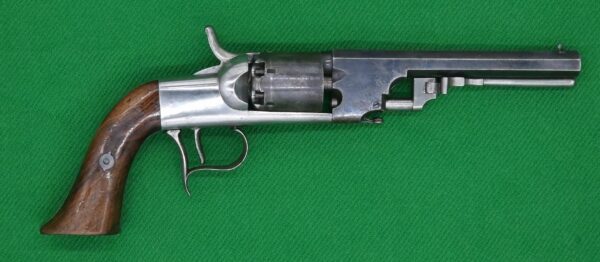
Ch.Charlier Wandre – Liege 9mm revolver
Read more -
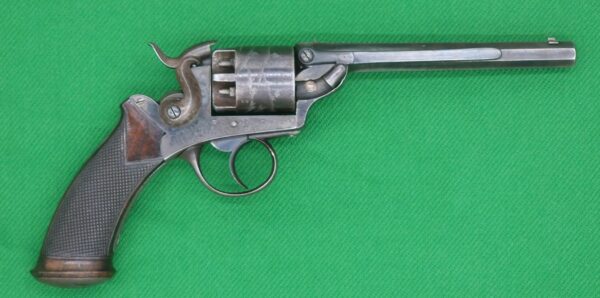
J.Fagar Liege 10mm revolver
Read more -
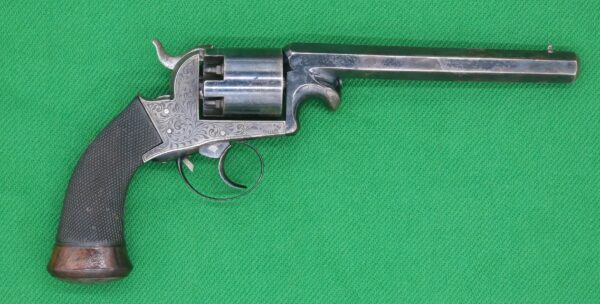
Ancion & CIE Liege 12mm revolver
Read more -
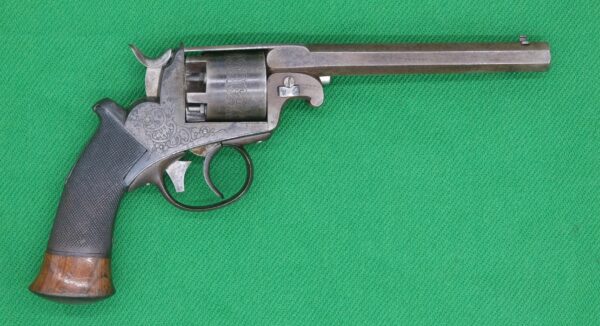
D. Rennotte Liege 12mm revolver
Read more -

Deprez 9mm SA revolver
Read more -
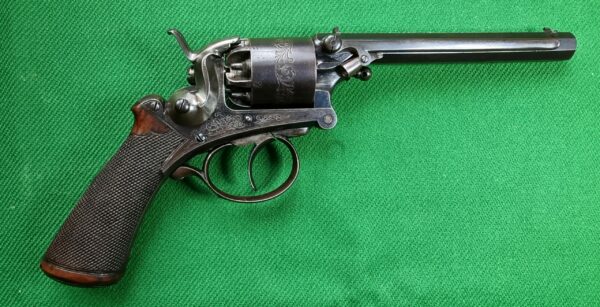
Mangeot-Comblain revolver in box
Read more -
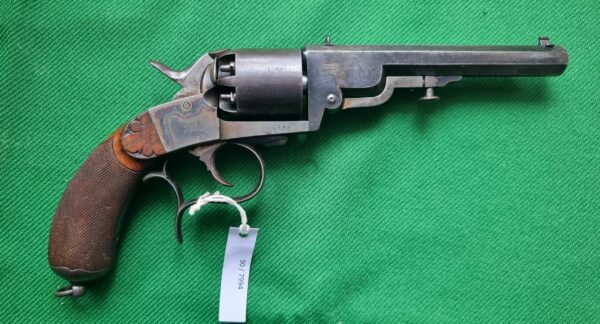
Deprez 11mm revolver – great piece
Read more